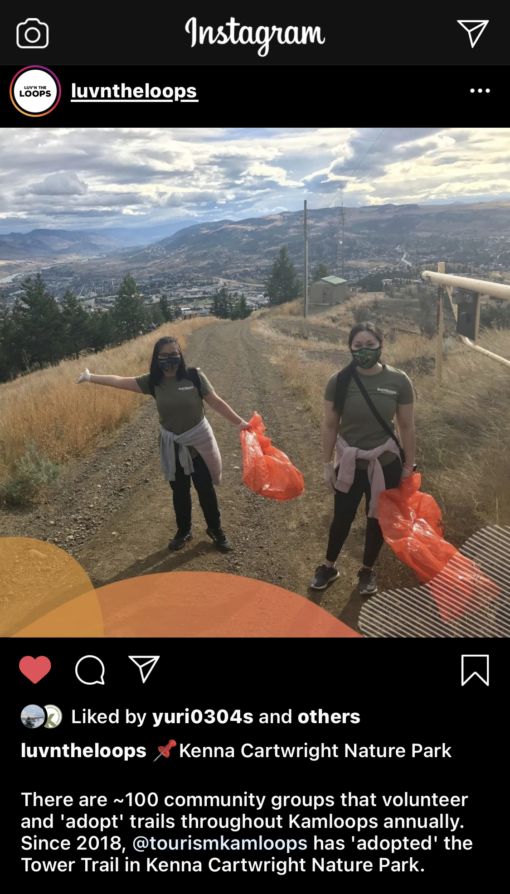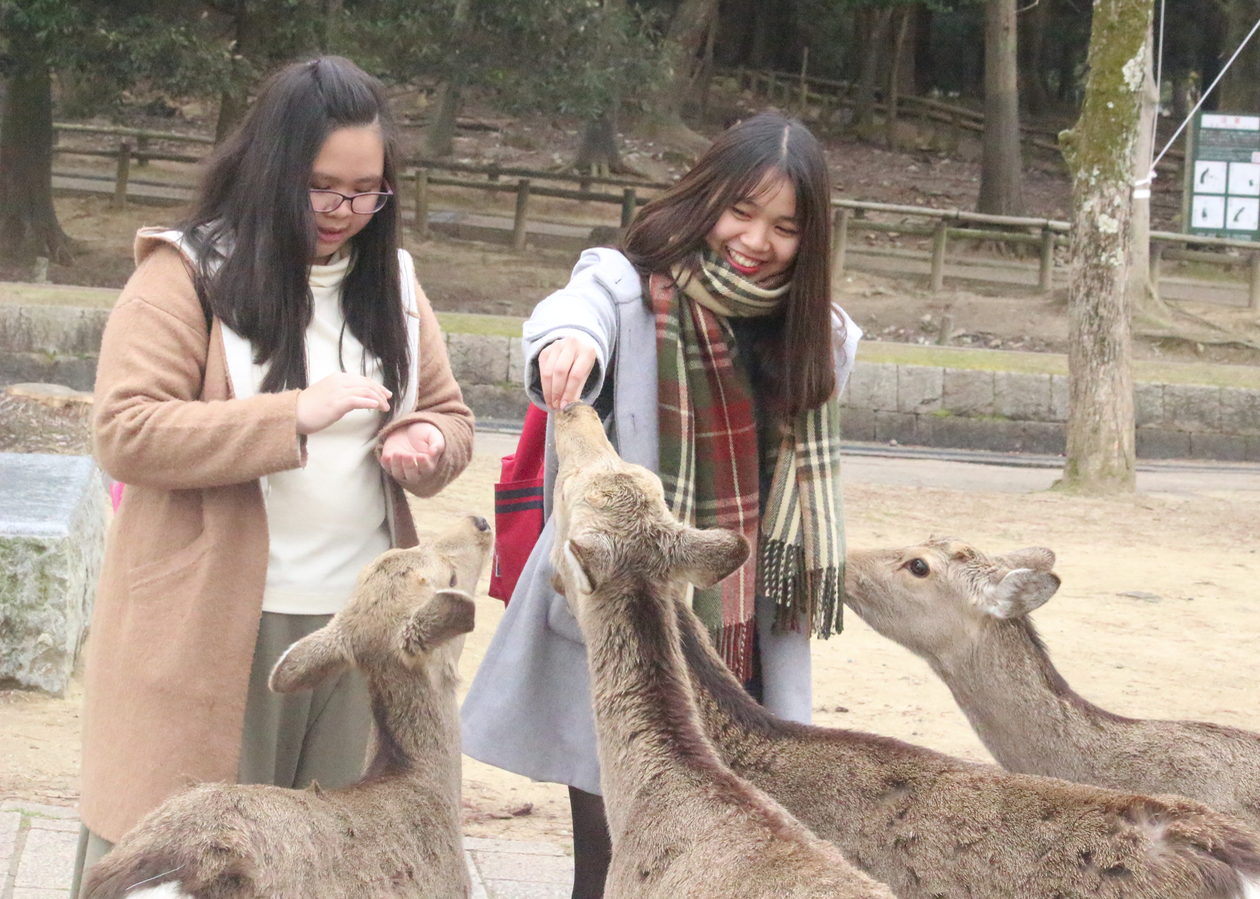
Through the guest lecture from Amy Thompson, I had an in-depth understanding of how DMOs, especially Tourism Kamloops, take the advantages of online tools and platforms into their digital marketing strategies, including target markets, key contents and channels. Based on the tourist geography, in the pre COVID-19, Tourism Kamloops focused on 3 main markets, which are BC and Alberta, Ontario who mostly travel to Sun Peaks, and travel trade market who travel primarily through tour operators for longer stays and willing to spend more. From the demographical aspect, the major types of tourists to Kamloops are young families and couples who are mostly travelling by cars and airlines, as well as looking for affordable experiences, nature-based activities and places where they can escape from the crowd. In order to approach and engage with these markets, Tourism Kamloops are telling stories from locals and travel influencers to highlight the images of Kamloops where visitors can access to a variety of hiking and biking trails, golf courses and wineries surrounding by amazing landscapes, peaceful atmosphere and friendly locals. Moreover, they also utilize effectively the user-generated contents by encouraging people to share their experiences using the hashtag #explorekamloops as well as launching the Lov’n the loops project on Instagram and Facebook pages. By doing so, Tourism Kamloops is able to spread more insightful messages and interact more with the visitors during their experiences. From the lecture, I can understand the important role of DMOs in inspiring people to travel, as well as supporting and collaborating with local tourism businesses to build a strong branded image of a destination.


